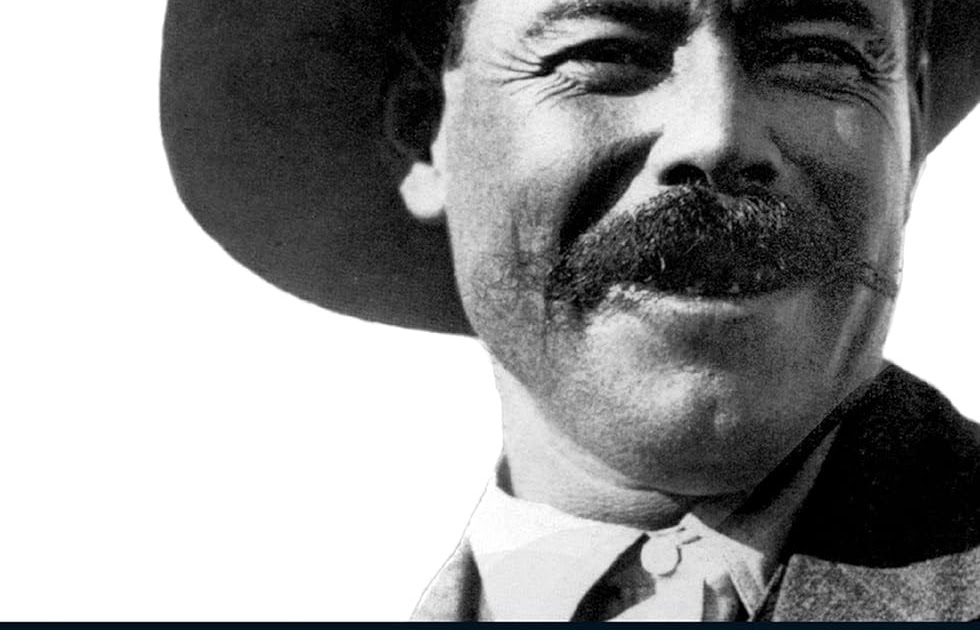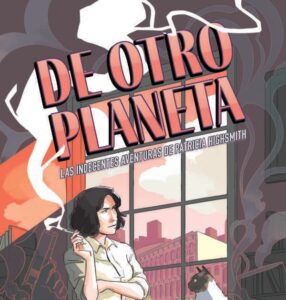
Original language: español
Year of publication: 2006
Valuation: okay (highly recommended for those interested)
The large gap between the two recommendations reflects, on the one hand, the great difference in opinions generated by a character as famous and controversial as Pancho Villa. The final assessment depends largely on the reader’s expectations and how the reading of this fascinating character is approached. Paco Taibo dedicates the first chapter to making a disclaimer about what will come next. Looking at the title we can get an idea that, despite being a biography, emphasis is placed on the narrative component, either through the voice of Taibo, or Pancho Villa himself, through his memories. .
The work delves into Villa’s life from his beginnings as a bandit to his fundamental role in the Mexican Revolution. Taibo not only presents the historical facts with rigor, but also delves into the anecdotes and stories surrounding the iconic character, providing a complete and nuanced vision.
Taibo’s style is agile, something that can be seen to a greater extent in his detective novels, making reading fluid and enjoyable. She uses accessible language, combining historical data with narrative elements that keep the reader interested. However, this same mixture can be viewed negatively by those looking for a more traditional and rigorous biography, since the author sometimes takes narrative licenses that could question the veracity of some passages.
One of the book’s strengths is Taibo’s ability to humanize Villa, showing both his exploits and his contradictions and darker aspects. Pancho Villa is presented not only as a revolutionary leader, but also as a human being with defects and virtues, which adds depth to the story and allows the reader to empathize with him.
What may detract a little from this biography and not be of interest to those outside the figure of Villa, is that Taibo frequently uses narrative licenses that, although they enrich the reading from a literary point of view, can call into question the historical accuracy. This style can lead readers to question which parts of the work are based on verifiable facts and which are interpretations or dramatizations of the author. Furthermore, although Taibo offers a detailed narrative of the events of Villa’s life, some readers may find a deeper analysis of the historical and social implications of his actions lacking. The work focuses on Villa’s life and adventures, but does not always delve into the broader context of the Mexican Revolution and its consequences.
In short, this is a work that stands out for its unique approach and its ability to engage the reader. It is a highly recommended read for those interested in the figure of Pancho Villa and the Mexican Revolution, although it may not satisfy those looking for a strictly academic biography. That said, it is important to recognize that “Pancho Villa” offers a fresh and accessible approach to the figure of Villa, bringing him closer to a broader audience that perhaps would not be attracted to a traditional biography.
Source: https://unlibroaldia.blogspot.com/2024/06/paco-ignacio-taibo-ii-pancho-villa-una.html


